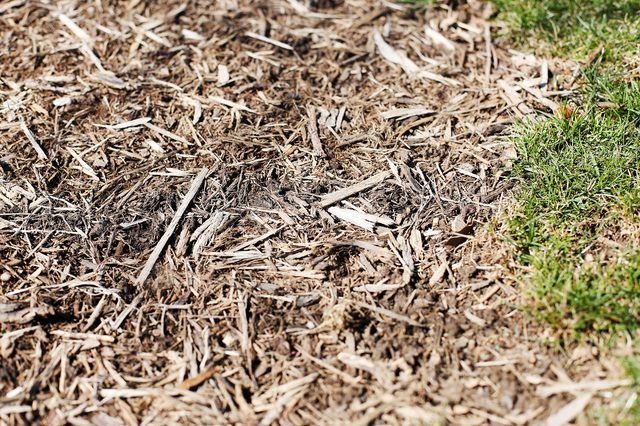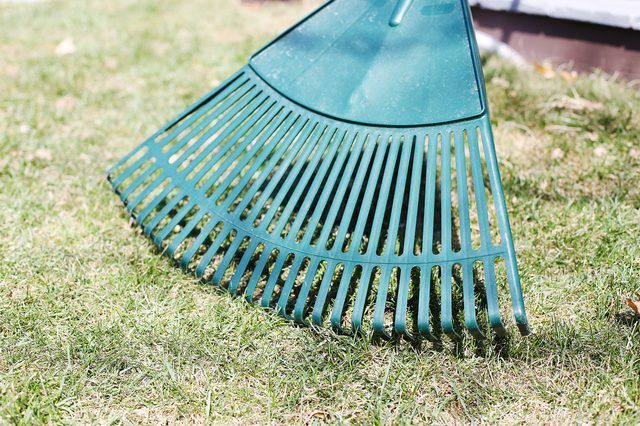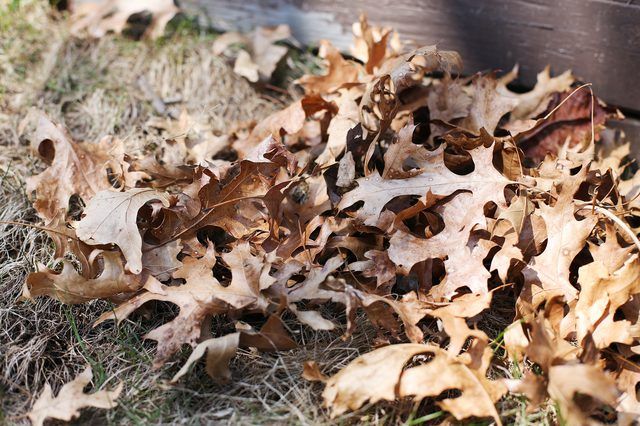Bulbs
Flower Basics
Flower Beds & Specialty Gardens
Flower Garden
Garden Furniture
Garden Gnomes
Garden Seeds
Garden Sheds
Garden Statues
Garden Tools & Supplies
Gardening Basics
Green & Organic
Groundcovers & Vines
Growing Annuals
Growing Basil
Growing Beans
Growing Berries
Growing Blueberries
Growing Cactus
Growing Corn
Growing Cotton
Growing Edibles
Growing Flowers
Growing Garlic
Growing Grapes
Growing Grass
Growing Herbs
Growing Jasmine
Growing Mint
Growing Mushrooms
Orchids
Growing Peanuts
Growing Perennials
Growing Plants
Growing Rosemary
Growing Roses
Growing Strawberries
Growing Sunflowers
Growing Thyme
Growing Tomatoes
Growing Tulips
Growing Vegetables
Herb Basics
Herb Garden
Indoor Growing
Landscaping Basics
Landscaping Patios
Landscaping Plants
Landscaping Shrubs
Landscaping Trees
Landscaping Walks & Pathways
Lawn Basics
Lawn Maintenance
Lawn Mowers
Lawn Ornaments
Lawn Planting
Lawn Tools
Outdoor Growing
Overall Landscape Planning
Pests, Weeds & Problems
Plant Basics
Rock Garden
Rose Garden
Shrubs
Soil
Specialty Gardens
Trees
Vegetable Garden
Yard Maintenance
How to Make Mulch
How to Make Mulch. Mulch might not look like much, but it's a powerful ally in your garden. Not only does it block out weed invasions, but mulch also increases fruit yield, reduces the risk of various plant diseases and conserves moisture. Put an effort into making mulch now, and you'll save time on maintaining your garden later.
Mulch might not look like much, but it's a powerful ally in your garden. Not only does it block out weed invasions, but mulch also increases fruit yield, reduces the risk of various plant diseases and conserves moisture. Put an effort into making mulch now, and you'll save time on maintaining your garden later.

Compost is one of the best types of mulches available, reports the University of Illinois Extension, and you can easily whip up a batch of this crumbly concoction right in your backyard. Spread coarse, dry organic material as a base, such as dry leaves and small dry twigs. Then, add a layer of fresh green material, like garden cuttings. Top this with a layer of soil and another layer of brown material, then evenly moisten the pile with your garden hose. You can add any type of organic matter except oily foods and meat. Keep the pile moist and, using a pitchfork or shovel, mix the pile every two weeks until the pile has decomposed and is a dark, crumbly texture.

If you have a lawn, your grass acts as a readily available -- and constantly replenishing -- source of mulch. Such mulch is ideal for annual flower beds and vegetable gardens, in part because the mulch decomposes rapidly and returns nutrients to the soil to fuel quick flower and vegetable growth. Simply use a bagging lawn mower, or rake your lawn after you've mowed it. A word of caution: Never use grass clippings from a lawn that has been treated with herbicides.

Instead of viewing your backyard's trees as a nuisance with all their fallen leaves, see it as a blessing in disguise. They're full of nutrients and also create an aesthetically pleasing mulch layer for most garden settings. Leaves work best as a mulch when they've been shredded. While you can buy or rent leaf shredders from a nursery or garden store, simply use a bagging lawn mower and run over a pile of leaves with the mower.

For the best results, spread compost mulch in a 2- to 3-inch-thick layer. Anything less, and the mulch may not adequately protect against weeds. If you're using grass clippings, keep the layer a bit thinner -- 2 inches is ideal -- and allow the grass clippings to dry out fully between watering. This helps to keep the grass clippings from forming a dense, waterproof mat. Finally, if you're using shredded leaves, aim for a 2- to 3-inch-thick layer.
